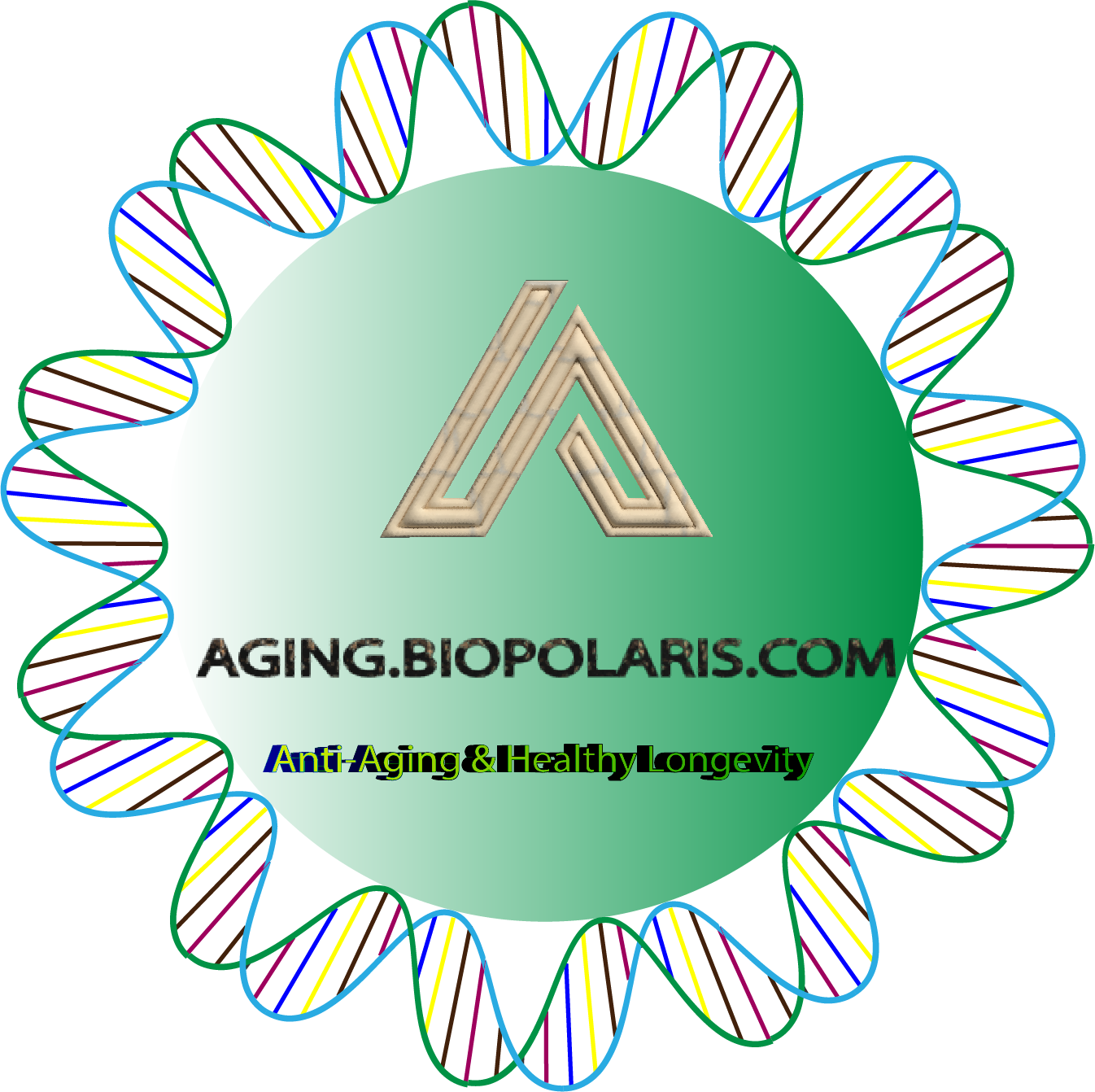Aggregator
Daily briefing: Epigenetic atlas shows how ageing tweaks DNA
A mammoth toothache: bacterial community discovered in mouth of ancient mammal
Liquid-crystal specs refocus with the push of a button
Nerve-associated macrophages control adipose homeostasis across lifespan and restrain age-related inflammation
Unifying gravity and quantum theory requires better understanding of time
These ‘glass straw’ optical fibres could speed up the Internet
AI-powered brain device allows paralysed man to control robotic arm
Air taxis will soon be in our skies — if batteries can be made safer
Is this the future of food? 'Sexless' seeds that could transform farming
Veterinarians need to be part of West Nile disease storytelling
Include climate impacts when protecting infrastructure
Experiment puts ‘spoon bending’ to the test
China’s chikungunya virus outbreak is a wake up call
AI-agent ethics should consider sentient non-human animals
Vote by Dutch lawmakers threatens major primate research center
In victory for animal rights activists, research on monkeys would end in 2030
House Republicans add to support for maintaining NIH budget in 2026
Both chambers of Congress have now rejected Trump’s proposed 40% cut
Human ancestors braved England’s ice-covered northlands 440,000 years ago
How exactly ancient toolmakers survived the harsh conditions remains a mystery
Isotope-encoded spatial biology identifies plaque-age-dependent maturation and synaptic loss in an Alzheimer's disease mouse model
Understanding how amyloid beta (Aβ) plaques develop and lead to neurotoxicity in Alzheimer's disease remains a major challenge, particularly given the temporal delay and weak correlation between plaque deposition and cognitive decline. This study investigates how the evolving pathology of plaques affects the surrounding tissue, using a knock-in Aβ mouse model (App^(NL-F/NL-F)). We combined mass spectrometry imaging with stable isotope labeling to timestamp Aβ plaques from the moment of their...
Prioritising the primary prevention of heart failure
Heart failure remains one of the 21st century's greatest unmet clinical and public health challenges. Heart failure is a highly prevalent chronic condition that affects approximately 55 million people worldwide. Although heart failure can be prevented, the global burden of this condition continues to grow, fuelled by an ageing population, improved survival after myocardial infarction, and increasing prevalence of metabolic and kidney disease. Public health efforts for cardiovascular disease...
Isotope-encoded spatial biology identifies plaque-age-dependent maturation and synaptic loss in an Alzheimer's disease mouse model
Understanding how amyloid beta (Aβ) plaques develop and lead to neurotoxicity in Alzheimer's disease remains a major challenge, particularly given the temporal delay and weak correlation between plaque deposition and cognitive decline. This study investigates how the evolving pathology of plaques affects the surrounding tissue, using a knock-in Aβ mouse model (App^(NL-F/NL-F)). We combined mass spectrometry imaging with stable isotope labeling to timestamp Aβ plaques from the moment of their...
